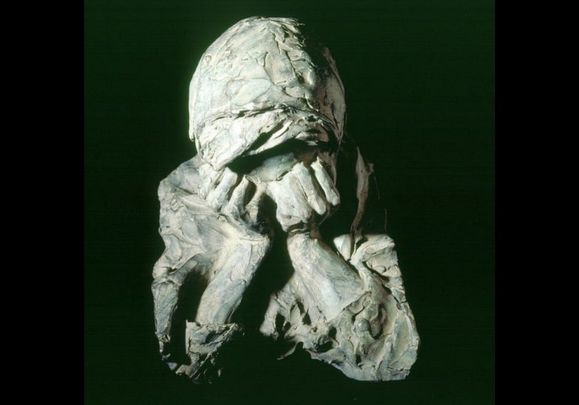Ireland's Great Hunger Museum at Quinnipiac University in Connecticut was opened in 2012 by Dr. John Lahey, the immediate past president of the university who says he is “saddened and perplexed” at the museum’s closure at the hands of his successor Judy Olian.
In a statement provided to the Irish Voice Lahey said, "I was saddened to learn of the closing, and obviously I wasn’t consulted or involved in any way with this decision. And I am perplexed why anyone in this day and time would even consider closing a museum dedicated to educating people about the evils of discrimination and bigotry. In the case of Ireland's Great Hunger Museum, its mission is educating people about one of the worst cases of state-sponsored discrimination and bigotry in 19th century Europe and the worst case of anti-Irish and anti-Catholic discrimination and bigotry in all of history."
Lahey, the former chairman of the New York City St. Patrick’s Day parade, remains a professor of philosophy at Quinnipiac, teaching one course this semester and one for spring 2022. He was the driving force behind the creation of Ireland’s Great Hunger Museum, believing that the Irish experience of famine and severe racism was teachable across all ethnicities.
Read more
Olian, who became Quinnipiac president in July of 2018, announced a few months later that the museum would have to become self-sufficient by June of 2020 in order to remain open. Its annual operating budget is $350,000.
“The board of trustees and I established a goal of financial self-sufficiency for the museum by June 2020. Accordingly, the museum is seeking to raise philanthropic support as well as self-generated funds to continue operations amidst the many vital learning and scholarly imperatives of the university,” she wrote in a letter.

Dr. John Lahey.
Quinnipiac confirmed over the summer that the museum, which houses the world’s biggest collection of art related to the Irish Famine and was closed during the worst of the pandemic, would stay shut for good. A spokesman said that the university is in “active conversations with potential partners with the goal of placing the collection on display at an organization that will increase access to national and international audiences about Ireland’s Great Hunger.”

Ireland's Great Hunger Museum.
Members of the Irish American community have expressed deep disappointment over Quinnipiac’s decision, and have undertaken a number of initiatives to at least keep the museum’s collection fully intact in a new location if the university refuses to budge on the closure. A Facebook page, Save Ireland’s Great Hunger Museum, has over 1,000 members, and local media outlets in Connecticut have given attention to the story.
On Saturday, October 30, a “Community Salute to Ireland’s Great Hunger Museum” will take place from 1-5 p.m. at Woodruff Street at Whitney Avenue in Hamden, Connecticut, next to the museum. Organizers are making contact with local politicians; State Representative Josh Elliot, whose district includes the museum location, has confirmed his attendance. The day will include street art, live music and family activities and all are welcome.

Love Irish history? Share your favorite stories with other history buffs in the IrishCentral History Facebook group.




Comments